SaaS Application Architecture Design
Are you tired of dealing with out-of-date and inadequate software solutions that stifle your company’s growth? If you answered yes, then this blog article is for you. Staying up to speed with the newest developments in software-as-a-service (SaaS) application architecture design may provide your organization a competitive advantage in today’s fast changing technological world.
According to a recent Gartner estimate, the worldwide SaaS industry is expected to expand by 15.6% in 2021, totaling $117.7 billion. With such rapid development, it is more important than ever to implement a contemporary SaaS application architectural design in order to stay ahead of the competition.
Microservices architecture, serverless computing, and containerization are some of the latest innovations in SaaS application architectural design that have altered the way firms build and deploy software applications.
These developments provide various advantages, such as better scalability, improved security, and improved performance, which may help your company simplify processes and decrease expenses.
“Change is the law of life,” as John F. Kennedy once stated. Those who exclusively gaze to the past or present will undoubtedly miss the future.” In this blog article, you’ll learn about the newest trends, why it’s important to be aware of them, and how applying a contemporary SaaS application architectural design may help your organization succeed in today’s digital era.
To create a successful SaaS application, you must first grasp the fundamentals of application architectural design, such as how the software works and how it is organized. In this section, we’ll examine more closely at SaaS application architectural design, covering major components, kinds, and benefits and disadvantages.
The process of developing the structure and functionality of a software application that is offered as a service over the internet is referred to as SaaS application architecture design. This entails generating a blueprint for how the program will function, as well as the many layers or components that comprise the application.
A SaaS application architectural design is comprised of three essential components: the front-end, back-end, and database layers. The user interface with which consumers interact is the front-end layer. The back-end layer, which operates on the server, is in charge of processing data and managing business logic. The database layer is in charge of storing and maintaining the application’s data.
Single-instance, multi-instance, and multi-tenant SaaS application architectural options are all available. Each style has advantages and disadvantages, and it is critical to determine which design is most suited to your company’s needs.
Implementing a contemporary SaaS application architectural design may give various benefits, including better scalability, improved security, and faster performance, all of which can help your organization simplify processes and cut expenses. You may construct a blueprint that fulfills your company goals and helps your firm grow in today’s digital era by learning the fundamentals of SaaS application architecture design.
Single-Instance Architecture
The simplest form of SaaS application architecture design is the Single-Instance Architecture. Each customer has their instance of the application running on dedicated hardware and software, while the application code is shared across all instances. However, each instance has its copy of the database. This architecture offers high customization and security for each customer and scalability of resources as per requirement. But, it can also be expensive due to the need for dedicated resources.
Multi-Instance Architecture
In the case of Multi-Instance Architecture, each customer has their instance of the application, sharing a single codebase and running on shared infrastructure. However, each customer’s data is kept separate in their database. This architecture provides a balance between customization and cost-effectiveness, along with better isolation and scalability than the single-instance architecture.
Multi-Tenant Architecture
Multiple clients share a single instance of the application and a single database in Multi-Tenant Architecture, with the application code and infrastructure shared across all customers. This design is the most cost-effective alternative, as resources are shared across several clients, making upgrades and maintenance easier. However, it is less configurable and safe than alternative systems, creating worries about data privacy owing to inadequate security.
Monolithic Architecture
The Monolithic Architecture requires that the entire application be built as a single entity, with all components firmly connected together. Although this architecture is simple to create, it might be challenging to scale and manage as the application expands. Changes to one element of the program might have an affect on other portions, making it difficult to make updates or changes without causing interruptions.
Microservices Architecture
The Microservices Architecture divides the application into smaller, independent services, each with its own set of capabilities. These services connect with one another via APIs, allowing for scalability. Because each service can be launched and expanded individually, this approach is very scalable. However, it can be difficult to design and administer since it necessitates a high level of coordination and integration across the services.
Serverless architecture
You are dealing with cloud-based services here. You can easily develop and utilize it to handle most of the infrastructure and administrative responsibilities. Because of this approach, your developers can concentrate on the application logic rather than the underlying infrastructure. Furthermore, it is very scalable and cost-effective. However, because it needs a different approach to programming and development, it may be more challenging for your engineers to design and test the application.
Event-driven architecture
An application can be built around a succession of events, such as user activities or system events. When an event happens, your application reacts by executing a certain function or action. Because it simply handles events as they happen, this approach is very scalable and efficient. However, it might be more difficult to design and manage since it necessitates a high level of coordination and integration between the many event-driven processes.
Pros and Cons of SaaS Application Architecture Designs
You know the key components and types of SaaS application architecture designs. Now you should also know its pros and cons that will help guide your decision-making process. Below you will have a closer look at both, let’s jump in.
| Pros | Cons |
|---|---|
| Ensures low upfront costs and easy scalability | You get limited control over infrastructure |
| You got to see an automatic updates and maintenance | There are security and data privacy concerns |
| Offers increased accessibility and mobility | You will all be dependent on the internet connectivity |
| You don’t need huge IT staff and so does you have less hardware requirements | You cannot make changes as per your need all the time and it comes with limited customization options |
| It allows your for a faster deployment and time to market | You may face difficulties in integration with existing systems |
| It supports the Pay-as-you-go pricing model. And so, you only pay for what you use | You may experience a poor performance as it does not support large-scale deployments |
| Enables you for an Improved collaboration and data sharing | You get limited offline capabilities |
| The architecture design is flexible for customization and easy for configuration | The bad part is it comes with the risk of vendor lock-in |
| Comes with the feature of centralized data storage and management that allows you to manage all your operations from one place | You cannot rely 100% on it as it has a service availability and reliability concerns |
| One best thing about the architecture design is it provides Improved data security and backup | It can be difficult in meeting regulatory compliance needs |
The design of SaaS application architecture may differ based on the individual demands and requirements of each organization, thus it is critical to thoroughly analyze these issues before making any SaaS deployment decisions.
With the increased demand for SaaS applications, there has been a substantial shift in SaaS application architectural design, giving rise to three important trends: microservices architecture, serverless computing, and containerization. Exploring each of these trends in depth will help you grasp their benefits and influence on the design of contemporary SaaS application architecture.
Microservices architecture is a design approach that involves breaking down a complex application into smaller pieces that can be developed and deployed independently. Each microservice can communicate with other microservices and perform a specific function through a well-defined interface. This approach has several benefits, such as increased agility, scalability, fault tolerance, improved developer productivity, and easier maintenance.
Serverless computing is a model in which a cloud provider manages the infrastructure and automatically provisions resources as needed. Developers write functions that run in response to specific events without worrying about the underlying infrastructure. This approach has benefits such as reduced operational costs, increased scalability, improved developer productivity, reduced time-to-market, and better fault tolerance.
Containerization is a method of packaging an application and its dependencies into a single container that can be deployed across different environments. Each container is self-contained and isolated from other containers, ensuring consistency across different environments. The benefits of containerization include improved portability, scalability, faster deployment times, and consistency.
Adopting these trends can help you deliver software applications faster, more efficiently, and with greater scalability and fault tolerance, allowing you to gain a competitive advantage. A modern SaaS application architecture design is crucial for businesses striving to stay ahead of the curve. Partnering with a reliable SaaS development company that possesses technical expertise and relevant experience is recommended to ensure success. Staying updated with the latest trends and best practices is imperative for your business to remain competitive in today’s fast-paced digital landscape.


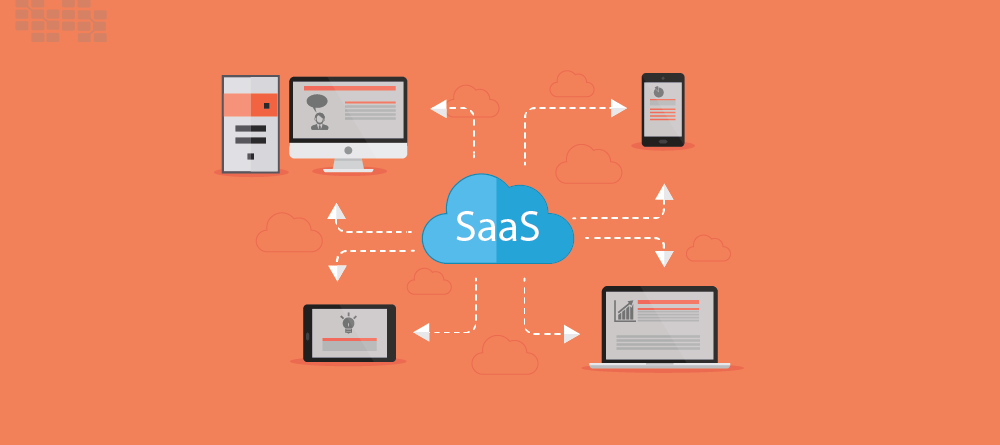
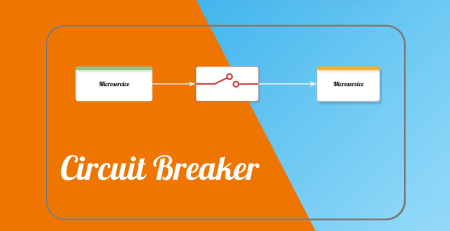

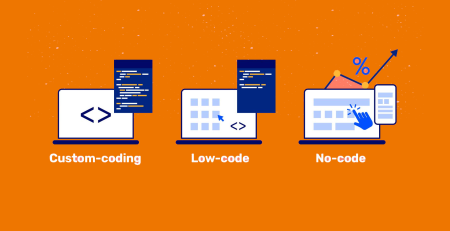
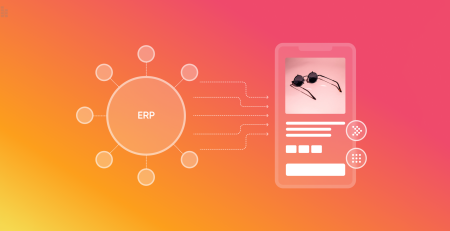
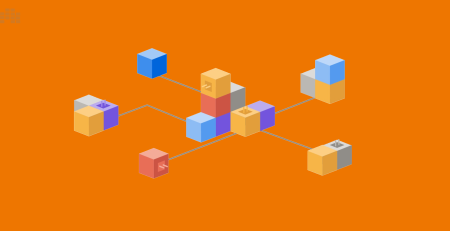

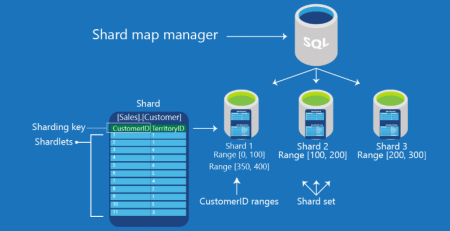
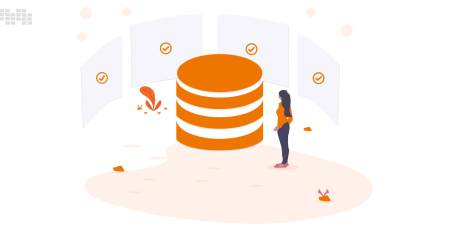


Leave a Reply